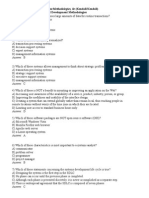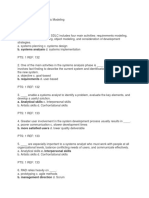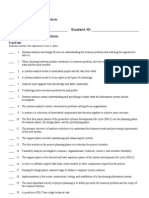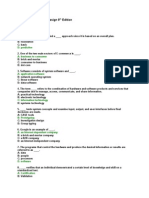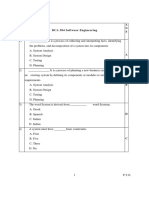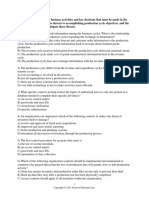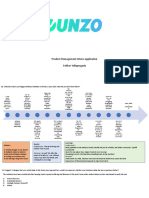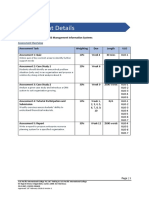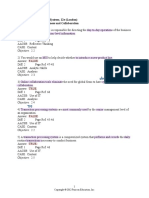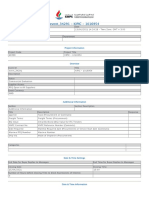0% found this document useful (0 votes)
9 views20 pagesSystems Analysis
Chapter 1 of 'Systems, Roles, and Development Methodologies' covers various types of systems, including transaction processing systems and decision support systems, and their roles in business. It discusses the systems development life cycle (SDLC), emphasizing the importance of user involvement and the roles of systems analysts. Additionally, it addresses the benefits of web applications, open source software, and the agile approach to system development.
Uploaded by
josh1Copyright
© © All Rights Reserved
We take content rights seriously. If you suspect this is your content, claim it here.
Available Formats
Download as PDF, TXT or read online on Scribd
0% found this document useful (0 votes)
9 views20 pagesSystems Analysis
Chapter 1 of 'Systems, Roles, and Development Methodologies' covers various types of systems, including transaction processing systems and decision support systems, and their roles in business. It discusses the systems development life cycle (SDLC), emphasizing the importance of user involvement and the roles of systems analysts. Additionally, it addresses the benefits of web applications, open source software, and the agile approach to system development.
Uploaded by
josh1Copyright
© © All Rights Reserved
We take content rights seriously. If you suspect this is your content, claim it here.
Available Formats
Download as PDF, TXT or read online on Scribd
/ 20
